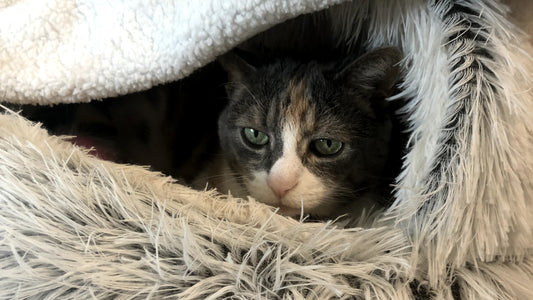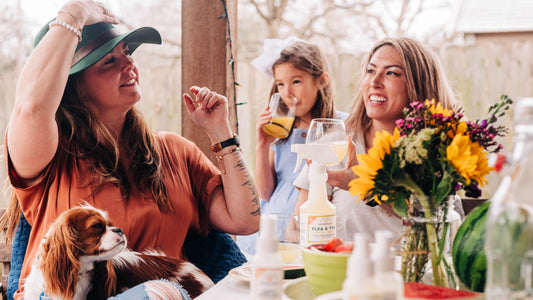Does it seem like we all need (or crave) extra food during the winter months? Well the birds certainly do! Feeding birds during the winter is a win-win for all. We’re providing much-needed food for a variety of wild birds, plus we get to enjoy the activity while birdwatching while we embrace winter.
In fact, we could easily make bird feeding a months-long passion project where grown ups and kids check on the different types of feathered friends that are drawn to our bird feeders each day.
A national pastime.
Bird feeding as a hobby is growing and is now the second-most popular activity after gardening, with about 59 million Americans getting involved each year. That’s a lot of new birding enthusiasts!
According to the Wild Bird Feeding Institute, there are many advantages to the hobby. They include supporting the spread of healthy vegetation in your backyard and in the ecosystem in general and providing a natural way to control unwanted pests like spiders, ants and other insects.
But before we go ahead, there are some dos and don’ts we’ll need to know before we provide cardinals and other wild birds with the additional food and energy they crave at this time of year.
1. Don't rush it – start off gradually
Most birding experts say you should identify what types of birds are visiting your property and then buy the necessary food and bird feeder that will keep them coming back.
As you get more comfortable with your new hobby, you can always add more bird feeders to your collection that will allow you to feed more birds at once and to attract different breeds.

2. Be selective when buying your bird feeder.
To prevent squirrels from stealing your bird seed, you might want to purchase a spring-loaded squirrel stopper pole. There are other types of bird feeders on the market, of course. They include hopper or “house” feeders, window feeders, tube feeders, Nyjer feeders, and suet feeders.

3. Position your bird feeder away from predators.

4. Choose your food wisely.
Nuts, lard, suet, unsalted peanut butter, fruit, and cheese (primarily American and mild cheddar, but not soft cheese) are also high in fat and will provide the appropriate nutrients that birds need during the winter.
Eggshells are surprisingly good for nesting birds as they tend to be low in calcium around that time. Some people recommend rinsing the eggshells and baking them for 10 minutes, then crushing them up and adding to your bird feeder.
Bird seed mixtures that contain red millet, oats and other fillers are not the best source of nutrients for most birds. In addition, never add food scraps, heavily salted foods, or meat to your bird feeder as these foods can rot easily, attract other unwanted animals such as rats, and food waste high in salt can be toxic for birds.
5. Do include water as a nutrient for birds but be careful where you position it.
If you live in a part of the country where temperatures dip below zero, you might want to install a heated bird bath.

Some Final Thoughts
As you become more comfortable with your new hobby, add more bird feeders to your collection. In fact, having multiple sets of bird feeders in your backyard is often a good idea as you can switch them out for easy cleaning.
To supplement your efforts for the next year, consider adding suitable plants to your garden, including ones containing seeds and berries that are beneficial for wintertime feeding. Beautyberry, holly, winterberry, black chokeberry, and crab apples are all good choices and will add a much-needed splash of color to the winter environment.
Enjoy photographing the birds, relaxing, and observing the beauty of nature in the winter. Happy winter, and happy birding!




